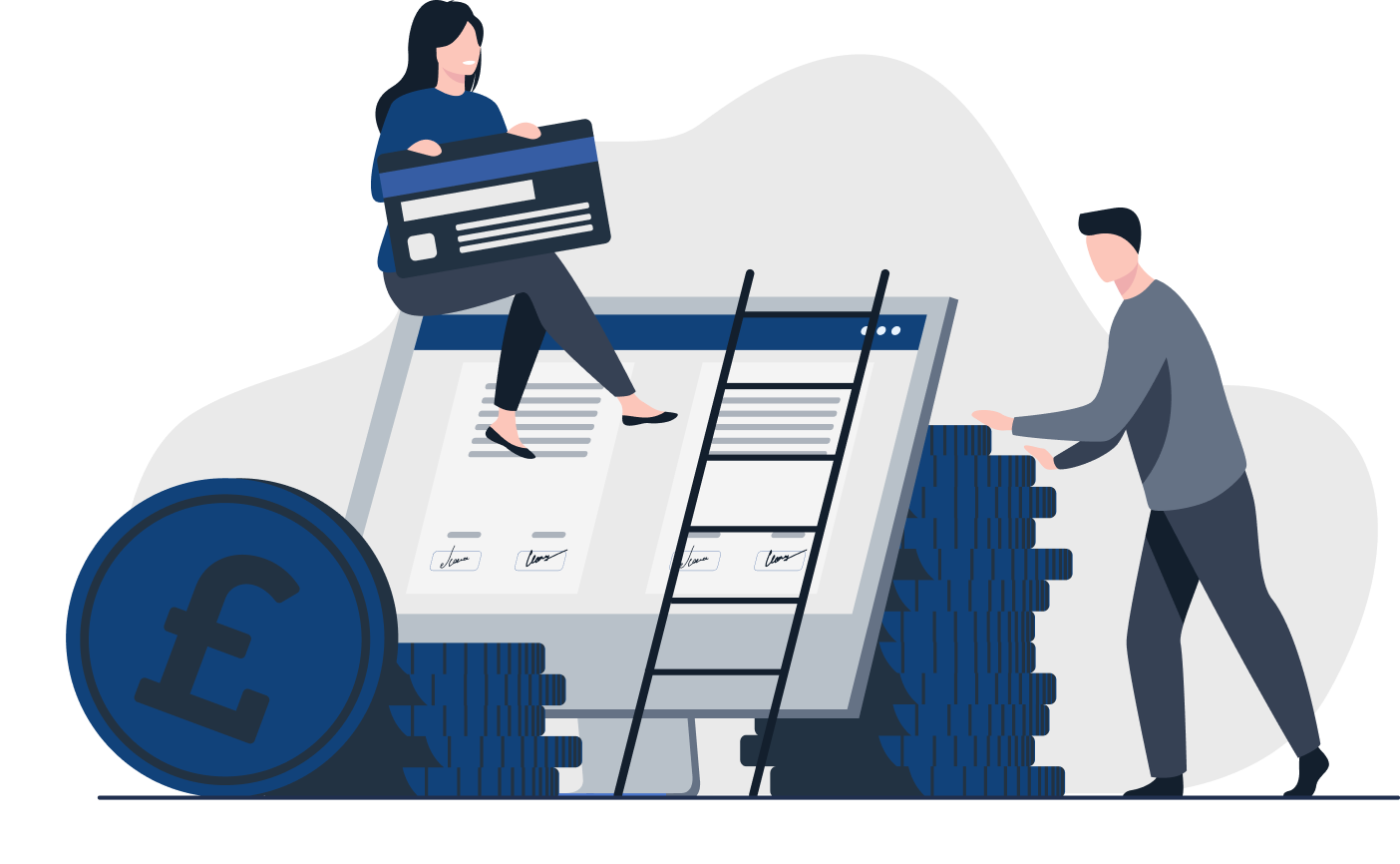HMRC – Government Gateway Account
In this article we answer questions about Government Gateway accounts, and the process for setting one up.
What do I need a Government Gateway account for?
Most of HMRC’s online services ask you to register and sign in using a Government Gateway ID, so setting up a Gateway account is usually the easiest way to access all the services that you need, as well as your personal tax account.
If you want your accountant to act as an agent on your behalf, you will need to share your Government Gateway ID with them too.
How do I create a new Government Gateway account?
If you need to set up a new Government Gateway account, here’s what you need to do:
- Go to the GOV.UK sign in page
- Click ‘Create sign in details’
- Enter the email address you want to be attached to your account. You’ll be sent an authorisation code, which you’ll need to enter in order to verify your email account.
- Enter your full name
- Set up a password when prompted
- Set up a recovery password to use if you can’t access your account in the future
Once you complete these steps you’ll receive a unique 12-digit Government Gateway User ID, which you can use to access and register for other digital services.
Make a note of your Government Gateway User ID and keep it somewhere safe so you don’t forget it.
Just be aware that registering for a Gateway account doesn’t automatically enrol you for other online services – you will need to sign up for these separately!
Once your ID has been created, you can use your new account to set up other services such as Self Assessment tax return.
What information do I need when setting up a Government Gateway account?
Setting up a Government Gateway account is usually a straightforward process. You’ll need:
- Your full name
- Your chosen email address
- A secure password
- A memorable word for your recovery password
HMRC – Tax Reference Number
Each employer and pension provider has a unique reference number which identifies their tax records with HMRC. If you need to contact HMRC about tax, they might ask you to confirm this tax reference number.
Where to find your tax reference number
The tax reference number is usually shown on the payslip that you receive each time your employer pays your wages.
You’ll also find the tax reference number on your P60, which employers give to each employee at the end of the tax year. This document shows how much you were paid during the tax year, as well as the amount of Income Tax and National Insurance that you paid.
If you no longer work for your employer then the tax reference number will appear on your P45, which is a tax document employers give to the workers at the end of their employment.
What does a tax reference number look like?
The tax reference number consists of three numbers, then several numbers, letters, or a combination of both. The initial three digits of the tax reference number indicate the tax office dealing with that particular employer. The remainder of the tax reference indicates the employer. Employees can also provide their National Insurance number if they need to contact any tax office in the UK.
Is a tax reference number the same as a Unique Taxpayer Reference (UTR)?
Don’t make the mistake of confusing the tax reference number with a Unique Taxpayer Reference number! HMRC provide a UTR number if you register for Self Assessment. The 10 digit UTR number is sent to you by post, and is shown on your Self Assessment paperwork.
If you register for Self Assessment and also have an employer or pension, you may have letters from HMRC showing either of these, depending on what the letter is about.
What if I have more than one employer?
Each employer that you work for will have their own unique employer reference number. Double-check the letter to make sure you have the correct reference number!
What is a Notice of Coding?
HMRC issue a Notice of Coding each year, for every employment or occupational pension you have. The Notice of Coding tells you about any personal tax free allowances you have for the year, and how they have been split between employments. Contact HMRC as soon as possible if spot any coding errors, to avoid paying the wrong amount of tax.
Looking for help with HMRC registration & setup?
Simply phone us on 020 4577 1565 and one of our friendly Dental Accountants will be happy to help.
Contact Dental Accounting today to access expert accounting and tax services. Feel free to reach out with any inquiries or concerns you may have. At Dental Accounting, we are dedicated to providing assistance and guidance, and a commitment to providing true financial value to you.


